Pelvic healthcare is a subfield of medicine that deals with the pelvis, which encapsulates the bladder and reproductive organs. Pelvic health is particularly important because the pelvic floor supports urination, bowel movements, and pregnancy/labor for those who can become pregnant and give birth. These muscles can be strained by things like childbirth or chronic coughing and when they are weakened, it can lead to difficulty with bladder control, put a strain on other muscles, and more complications. There are a variety of healthcare professionals who deal with pelvic floor health such as physical therapists, doulas, midwives, gynecologists, urologists, and more. A shortcoming of the healthcare field, however, is that less than 40% of providers conduct sexual histories with patients, and many do not receive formal sexual history training in school.
Pelvic health is intertwined with sexual health and failing to take that context into consideration when treating pelvic floor issues can be problematic. Take for instance a scenario in which a professional is seeing a patient complaining of pain in their lower abdomen and unusual discharge. If the healthcare professional neglects to ask the patient’s sexual history which includes having had an STD, it would be difficult to identify Pelvic Inflammatory Disease as a potential cause of the discomfort. This is just one example of many illustrating why having full context is vital for informing pelvic healthcare. For those looking to supplement their knowledge, pelvic healthcare professionals or otherwise, we have compiled resources to guide you.
One option is to Contact ESW for a Sexual Wellness In Pelvic Health Professional Training. During this training providers can expect to enhance their knowledge of assessing sexual functioning concerns and relational dynamics, and learn how to employ a trauma informed, sex-positive approach with patients. Case consultation is included.
Additional Resources Include:
“Why a Sexual History?” by Kansas Department of Health and Environment
“Sexual Health and Your Patients: A Provider’s Guide” by the National Coalition for Sexual Health
“Why Do We Take a Sexual History” by the AMA Journal of Ethics
“A strong pelvic floor is associated with higher rates of sexual activity in women with pelvic floor disorders” by Gregg Kanter et al.
“Talk about Sex: Sexual History-Taking Preferences Among Urogynecology Patients and General Gynecology Controls” by Pamela Susan Fairchild et al.



























